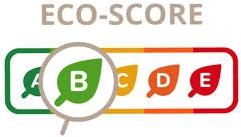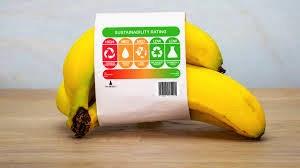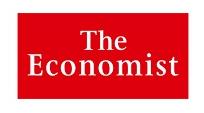 Both governments and activist organizations are attempting to classify foods according to their relative environmental impact from emission of carbon dioxide. The Economist has created a comparison among foods to relate the relative potential climatic impact based on the weight, caloric content and protein content. To facilitate comparisons, The Economist selected the banana as the benchmark based on known nutritional value, widespread cultivation and generally accepted as being moderate in climatic impact.
Both governments and activist organizations are attempting to classify foods according to their relative environmental impact from emission of carbon dioxide. The Economist has created a comparison among foods to relate the relative potential climatic impact based on the weight, caloric content and protein content. To facilitate comparisons, The Economist selected the banana as the benchmark based on known nutritional value, widespread cultivation and generally accepted as being moderate in climatic impact.
 Based simply on greenhouse gas emission expressed as the quantum of carbon dioxide released per unit weight of a food, it was determined that ground beef produces 109 times the amount of carbon dioxide as an equivalent weight of bananas. By comparison, chicken meat scores 11 in comparison to bananas on the basis of weight.
Based simply on greenhouse gas emission expressed as the quantum of carbon dioxide released per unit weight of a food, it was determined that ground beef produces 109 times the amount of carbon dioxide as an equivalent weight of bananas. By comparison, chicken meat scores 11 in comparison to bananas on the basis of weight.
When caloric content is compared, ground beef falls to a score of 54 from 109 that was calculated on the basis of weight alone. Chicken meat drops from 11 to a score of 4, emphasizing that nutritional content is a more realistic criterion by which to evaluate food sources. When the protein content of foods is compared to bananas, chicken and eggs score higher with 40 percent less emissions than from bananas.
 Applying the “banana index”, the common assumption that locally-produced foods are more sustainable cannot be supported. Evaluation on the basis of energy or protein content shows that transport contributes less than ten percent of the carbon dioxide emission associated with a range of foods. The Economist noted that for beef, transport is only one percent of the emissions associated with this product.
Applying the “banana index”, the common assumption that locally-produced foods are more sustainable cannot be supported. Evaluation on the basis of energy or protein content shows that transport contributes less than ten percent of the carbon dioxide emission associated with a range of foods. The Economist noted that for beef, transport is only one percent of the emissions associated with this product.
The ”banana index” created by The Economist is an attempt to place the sustainability characteristics associated with specific foods in perspective. Unfortunately a third of respondents to a recent U.K. survey could not make logical decisions regarding the sustainability of alternate foods. This raises the question of sustainability indexes on labels. Basing a scale on carbon dioxide emissions per unit of weight will disfavor meat and poultry and provides a distorted indication of environmental “friendliness” in relation to nutritional content.
The food and livestock industries should oppose simple but inappropriate ‘sustainability guides’ proposed by various governments and some food chains. These will mislead consumers as to the environmental impact to the detriment of high protein foods.